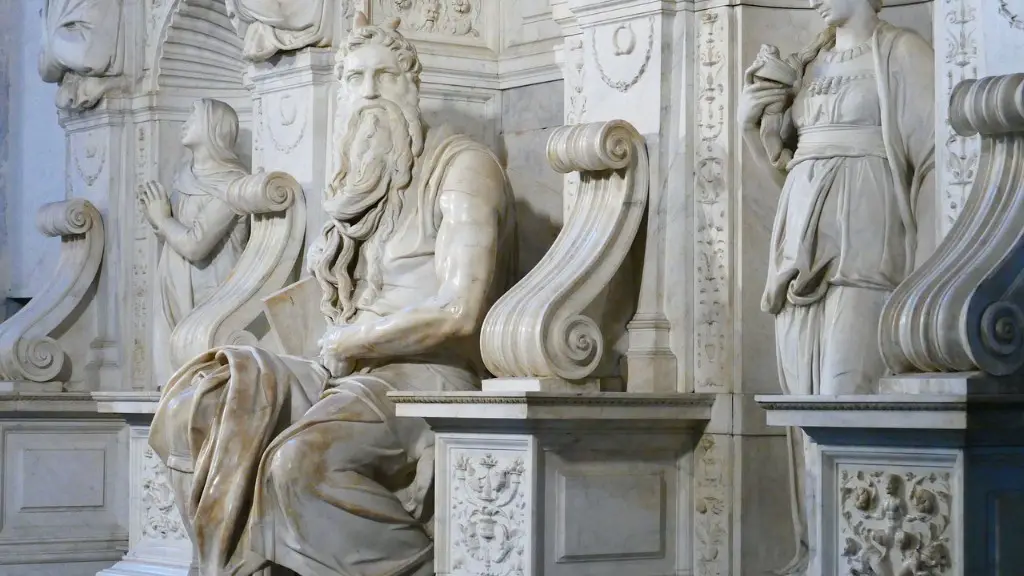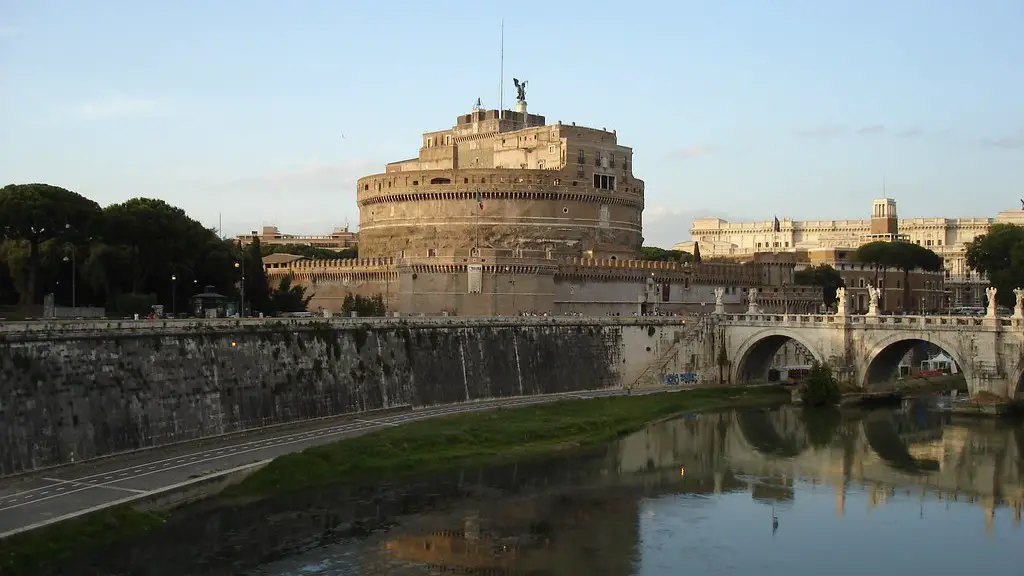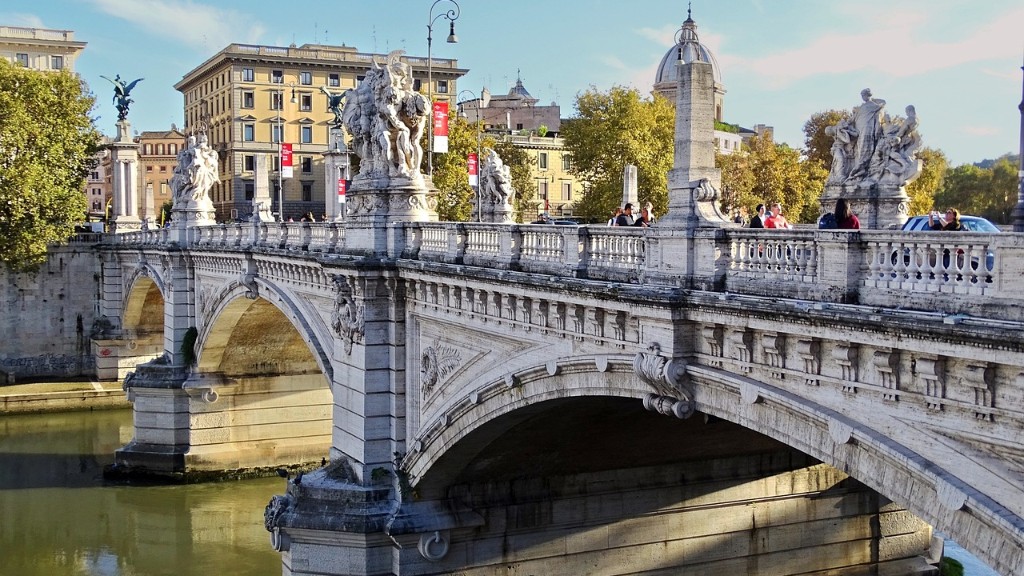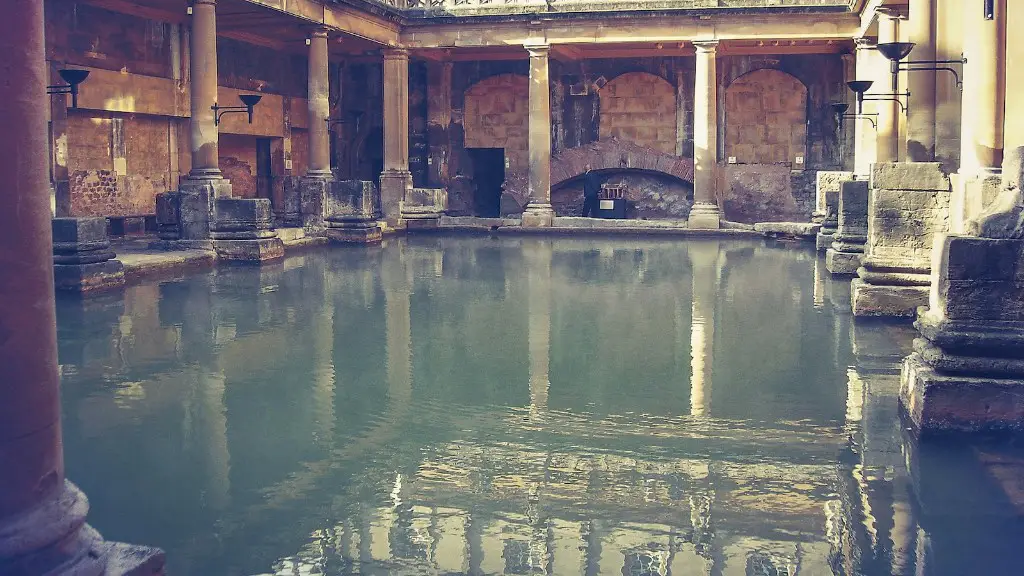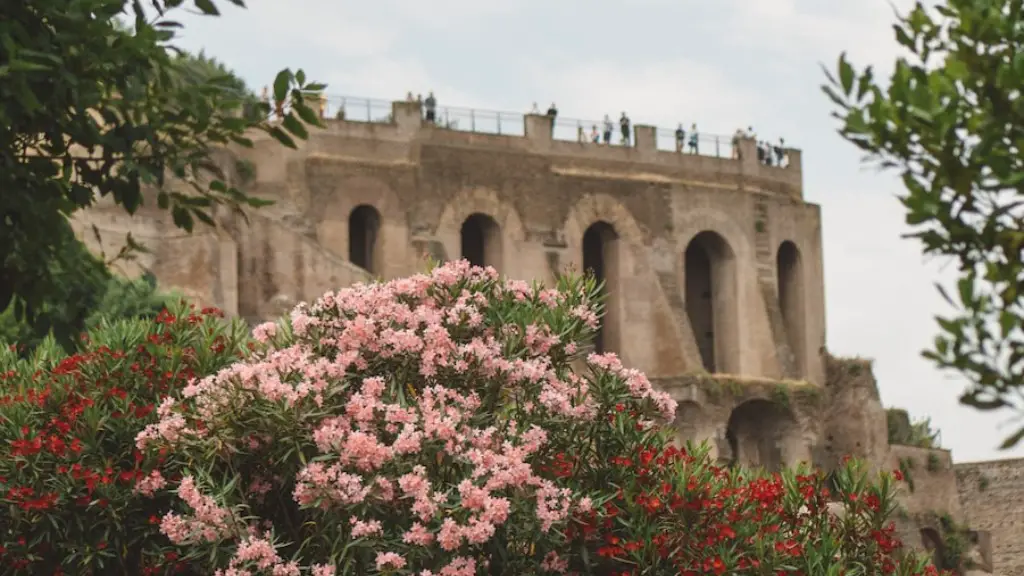The art of the Ancient Roman Empire had a profound influence on cultures all around the world. With its intricate sculptures and sophisticated techniques, it’s no surprise that Roman art remains highly admired to this day. But why did the Ancient Romans do art?
The Ancient Romans saw art as an expression of their culture. Through their art, they wanted to demonstrate their political and religious beliefs, as well as their values, such as the importance of family life. This is reflected in the sculptures and frescoes that adorn many of Rome’s public buildings. For example, the Colosseum is decorated with sculptures depicting scenes from classical mythology, such as the myth of Hercules.
The Ancient Romans also used art to celebrate their victories in battle. Monuments such as Trajan’s Column were built to commemorate particular victories, and featured intricate sculptures of the emperor leading his troops into battle. By displaying these images of conquest, the Ancient Romans sought to instil a sense of pride and loyalty in their citizens.
However, Roman art wasn’t always about celebration. The Ancient Romans also used art to express grief in times of tragedy. This can be seen in the funerary reliefs that often adorned tombs, depicting the deceased in life-like scenes. The Ancient Romans also believed that art had the power to heal and comfort the bereaved, and many sites of worship were adorned with sculptures and frescoes intended to bring solace to the faithful.
The Ancient Romans also used art to entertain. The gladiatorial games, for example, were often accompanied by a variety of art forms, such as sculpture and theatre. By incorporating art into their recreational activities, the Ancient Romans sought to create a unique and enjoyable experience for their audience.
The Ancient Romans also used art to express their identity. Many works of art featured images of gods and goddesses, reflecting the importance of the spiritual world to the Ancient Romans. Furthermore, the human form was used extensively in Roman art, suggesting the belief in the superiority of the human race.
The Ancient Romans also saw art as an expression of their wealth and power. Many of Rome’s public buildings, such as the Pantheon, were adorned with elaborate sculptures that reflected the wealth and influence of the Roman Empire. By displaying these works of art, the Ancient Romans sought to demonstrate their strength and status to the rest of the world.
Expansion on use of colour
The Ancient Romans also used art to explore their use of colour. Although the colour palette of the Ancient Romans was relatively limited, they used what they had to great effect. Paintings often featured vivid colours and striking patterns, which were used to create a powerful visual effect.
The Ancient Romans also used colour to represent different themes in art. Red, for example, was seen as a colour of power, while blue represented purity and wisdom. Similarly, yellow was seen as a colour of joy and optimism, while green was associated with growth and fertility.
The Ancient Romans also used colour to create effects that were not possible with light and shadow alone. For example, paintings featuring vibrant blues and greens created a sense of depth and distance, while warmer colours were used to create a sense of warmth and intimacy.
The Ancient Romans also used colour to suggest a particular atmosphere or mood. Dark, somber tones were used to denote pain and suffering, while brighter tones were used to suggest joy and hope. This can be seen in many of the paintings and frescoes from the period.
Finally, the Ancient Romans used colour to emphasise certain elements of a painting or sculpture. In particular, colours such as gold and silver were used to draw attention to the important figures in a work of art, while brighter colours were used to add depth and texture.
Expansion on use of materials
The Ancient Romans were highly skilled in the art of sculpting, and they were well-versed in the use of various materials. The most commonly used materials were marble, clay, and bronze. These materials allowed the Ancient Romans to create extremely detailed and realistic sculptures.
Marble was the most commonly used material for sculpture, and the Ancient Romans developed sophisticated techniques for carving and shaping the stone. They also used various chemical treatments to create a range of different colours, allowing them to create a wide range of effects.
Clay was also widely used, particularly for pottery. Clay allowed the Ancient Romans to create colourful and expressive works of art, such as vases and dishes. The Ancient Romans also used clay to create detailed scenes, such as figures of gods and goddesses.
Finally, the Ancient Romans were skilled in the use of bronze, a material that was often used to create large-scale sculptures. Bronze was much more durable than marble, and allowed the Ancient Romans to create outdoor sculptures that could withstand the elements.
Expansion on use of form
The Ancient Romans used a variety of forms in their art. This included reliefs, mosaics, and life-sized sculptures. By combining these forms, the Ancient Romans were able to create highly detailed and expressive works of art.
The most common form of art used by the Ancient Romans was relief sculpture. This form of sculpture was created by carving a design or scene into a flat surface, such as a wall or a piece of stone. Reliefs could be highly detailed and were often used to depict scenes from mythology or from everyday life.
The Ancient Romans also used mosaics to add texture and colour to their art. Mosaics were created by gluing different coloured pieces of stone or glass together. These mosaics could be used to create intricate patterns, or to create scenes depicting classical mythology.
The Ancient Romans were also renowned for their life-sized sculptures. These sculptures were often used to represent important figures, such as gods and goddesses. Life-sized sculptures could also be used to celebrate important victories or to commemorate individuals.
Expansion on popularity of roman art
The art of the Ancient Romans was highly sought after in ancient times, and it continues to be admired today. It’s no surprise, then, that many of Rome’s most iconic sculptures and frescoes have been preserved and are now held in museums around the world.
The popularity of Roman art is also reflected in the works of many modern artists. Many modern painters and sculptors have been inspired by the works of the Ancient Romans and have sought to recreate the grandeur of their sculptures and frescoes.
The influence of Ancient Roman art can also be seen in other cultures. Many cultures, such as the Greek and Egyptian, were influenced by the sophisticated techniques of the Ancient Romans. Similarly, the influence of Roman art can be seen in the works of Renaissance painters, who sought to recreate the grandeur of Roman art.
Finally, the art of the Ancient Romans continues to be admired for its beauty and its complexity. From its intricate sculptures to its expressive frescoes, the art of the Ancient Romans is a lasting testament to the skill and creativity of its creators.
